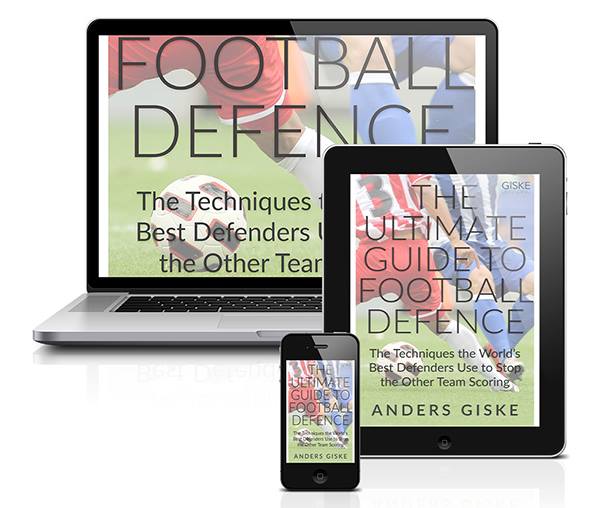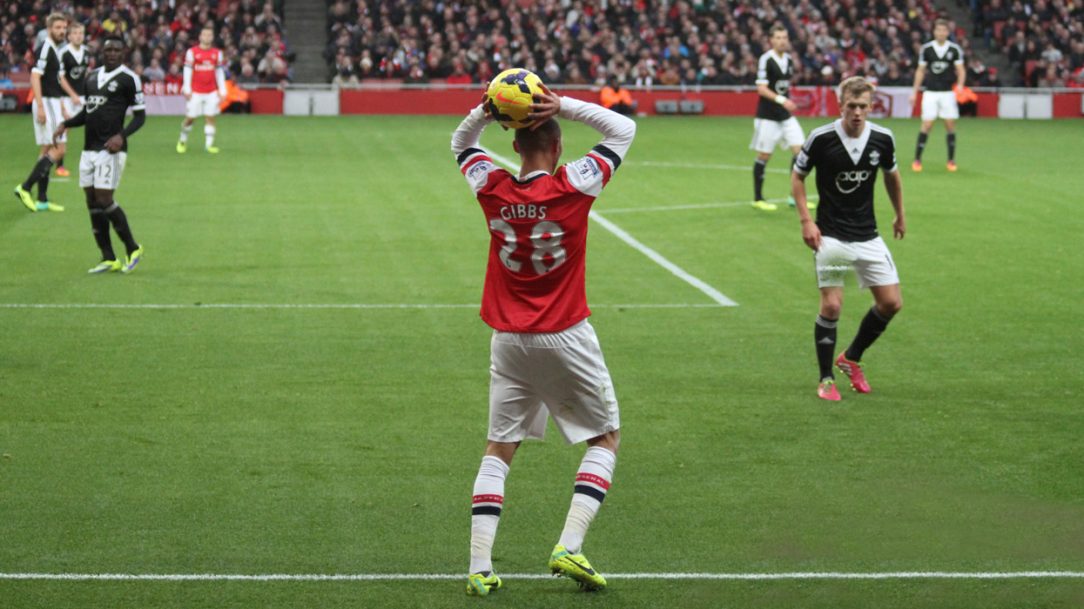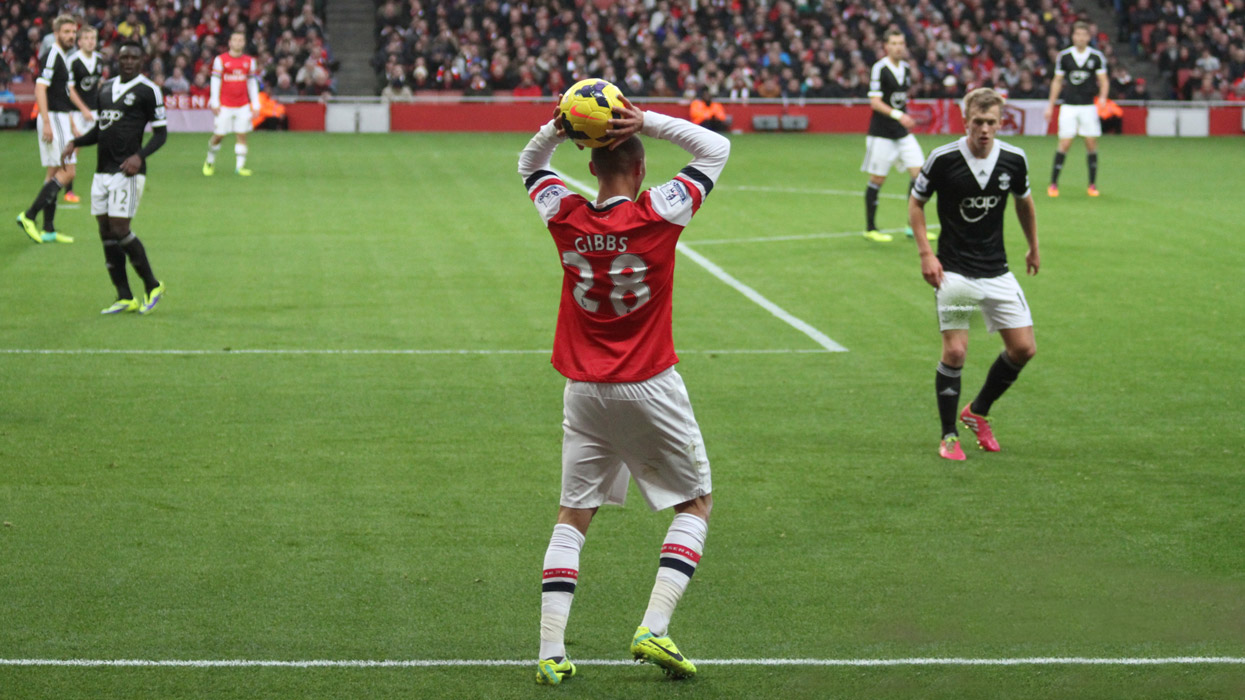In the last article, we established that defenders have a particular advantage when the striker is facing the wrong way because it is much easier to control an attacker who is facing the “wrong” direction.
But how can you manage this when it comes to throw-ins?
The general perception in football is that the defender closest to the ball is the most important defender.
Is this also the case when the opposing team is awarded a throw-in?
You can defend against a throw-in using several different tactics. For the purpose of this article, we will take a look at the situations in which your opponent is awarded a throw-in in your own half.
In such an eventuality, what typically happens is that all the attackers, with the exception of the throw-in attacker, become the mark. The defender who is marking the player who executes the throw-in has two choices: he or she can either continue to mark the attacker who throws the ball in, or try to help his teammates by marking one of the other attacking players.
What typically happens is that all the attackers, with the exception of the throw-in attacker, become the mark.
What typically happens in most matches is that the throw-in player throws the ball to a teammate who rapidly returns it to the throw-in player. This can be fatal because the attacking player is now facing forward; he or she often has a large amount of space and time to do what they wants without any pressure from the defence.
Wouldn’t it be better to mark the throw-in attacker and let one of the other attackers receive the ball when this attacker is facing the wrong way?
Can you understand why the player taking the throw-in gets a wild card?
Can you understand why the player taking the throw-in gets a wild card?
Why do so many experienced defenders fail to exploit the defensive advantages of these throw-in situations?
These situations are pervasive at all levels, which is hard to understand because the defending side has a number of advantages:
- The ball is out of play. The defending team usually has sufficient time to organise themselves. However, instead of remaining focused, players often use the break in the action to have a breather.
- You have a big advantage. The defenders also have a natural advantage because the attacking team has a limited range open to them because of the side-line.
- The organisation is simple. It is easy to establish an equal number of players in situations when the ball is out of play, and you have a hideout in front of your own goal.
These situations are pervasive at all levels, which is hard to understand.
So, why does the throw-in player so often get the ball back?
Experience tells me that employing a tactic that seeks to prevent the attacking players from receiving the ball is very difficult to execute because of the following factors:
- It is relatively easy for an attacker to be reachable or playable! He can run quickly in different directions, and the throw-in player can wait until the attacker has enough space to return the ball.
- It is relatively easy for the attacker to throw the ball exactly at the foot of an attacker at short distances!
- It is relatively easy to play the ball back to the throw-in player in 1-2 touches.
The rest of this article includes:
- What common mistakes do defenders make when they attempt to mark attackers?
- But how can you select and take control of the throw-in player?
- How should defenders deal with long throw situations?
These themes, along with 10 other articles, you will find in our book:
“The Ultimate Guide to Football Defence
– Unique and Fundamental Knowledge of Defence Skills”.



